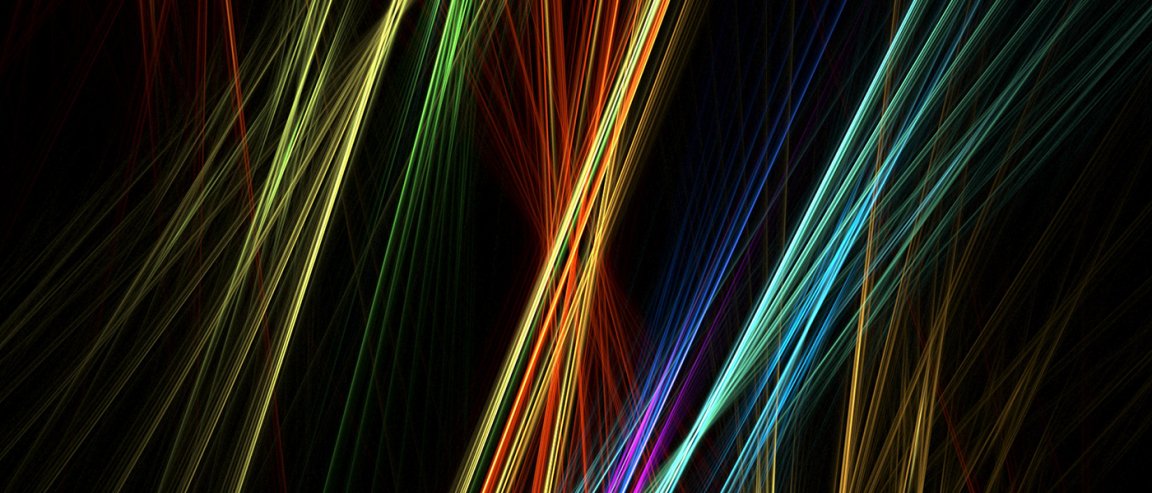
A Different Kind of Li-Fi
In 2011, the term light fidelity, or Li-Fi, was coined during a TED Talk by University of Edinburgh professor Harald Haas. It originally referred to an idea Haas had about using light bulbs as wireless routers. Li-Fi has since developed to refer to a Visible Light Communications (VLC) system for wireless communications using common household LEDs.

Now, a research team has found another way to harness the power of light for a more secure and stable wireless connection. Researchers at Eindhoven University of Technology, led by Joanne Oh, have developed a Li-Fi system that utilizes harmless infrared rays. It was developed as part of the BROWSE project headed by Ton Koonen.
At more than 40 Gbit/s per ray, the Li-Fi system’s data capacity is greater than that of a Wi-Fi system. This is possible thanks to the infrared rays the researchers used, which had wavelengths of 1500 nanometers and higher. According to Oh, they even managed speeds of up to 42.8 Gbit/s over a distance of 2.5 meters (8.2 feet). In comparison, most Wi-Fi networks are capable of no more than 300 Mbit/s.
Directable Infrared Rays
This Li-Fi system uses light antennas to transmit wireless data. These antennas can very precisely direct rays of light from an optical fiber, and each antenna contains a pair of gratings capable of radiating light rays of different wavelengths and at different angles. As such, the system can eliminate interference. These antennas could be set up on a ceiling, and moving outside the range of one light antenna simply puts you in the range of another.

Adding extra devices to a single antenna won’t be a problem, as each device is given a unique wavelength. That setup results in a connection that isn’t shared by any two devices, which eliminates congestion, a common cause of slow connections in existing Wi-Fi networks. The gratings used by Oh’s team can handle many rays of light and devices simultaneously.
It’s promising work that could deliver on the many benefits of Li-Fi, including increased security and efficiency. Koonen expects that the technology could be available in five or so years. For now, the researchers will continue to work on improving their “indoor optical wireless network.”